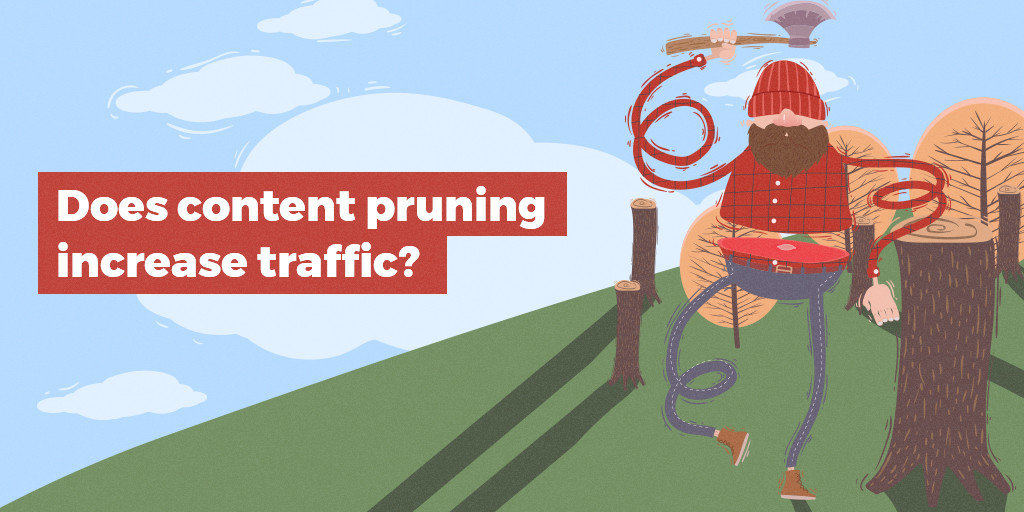How & Why: Pruning Your Content for SEO
Content pruning is the process of removing old or outdated website content from your site. It's a way to make sure that relevant, up-to-date content is the first thing that visitors see when they arrive at your site.
The top SEO company in Ahmedabad claims that content pruning is a crucial SEO chore, but it can take a lot of time. In this guide, we’ll show you how to prune your content for SEO and help you decide what needs to stay and what should go.
What is Content Pruning?
It’s the process of removing content that doesn’t serve a useful purpose or isn’t contributing to your site's success.
Content audits, on the other hand, are used to help you assess the quality (and quantity) of your website's content by looking at what you have and identifying areas where you could use improvement. These types of audits focus more on improving existing pages than pruning them out altogether.
Why should you care about Content Pruning?
Content pruning is a best practice for SEO because it helps you to keep your content fresh, relevant, and useful to visitors. Here's what a top SEO Company in Ahmedabad suggest that if you have too many pages on your site with similar content or little to no value, it can have a negative effect on user experience.

For example: if you’re searching for information about buying a new car and visit an automotive website that has thousands of pages on the subject of cars but none directed toward helping you make an informed decision about which type of car brand will fit your needs best, then not only is that frustrating but there’s also no way for them to effectively rank in search engines either.
The Benefits of Regular Content Pruning
Content pruning can reduce the number of pages on your site, but that's not its only benefit. As you remove old and outdated content, you wind up with a better-quality collection of posts. Let's take a look at some of the other reasons why content pruning is so important:
- It increases relevancy. When Google indexes everything on your website, it can't tell which pieces are most relevant to users' queries. Removing irrelevant or outdated pages helps make sure that visitors see what they want when they visit your site (and makes it easier for search engines to find it).
- It improves speed. If you have lots of duplicate pages across different categories or topics, these will slow down the load time for each page—and overall performance as well! By removing these duplicates, you'll improve both speed and ease of navigation throughout your website.
- It boosts conversions by improving user experience (UX). If someone lands on an old post and has to scroll through several dozen comments before getting back into their desired article—or doesn't even realize there's another related article elsewhere—top SEO Company in Ahmedabad says they're likely going to bounce straight off again without reading anything else because their experience was so bad!
How to Conduct Content Pruning
To conduct content pruning, you should:
- Create a list of all your content.
- Check the list against Google's guidelines.
- Delete any content that doesn't meet Google's guidelines.
- Re-write any content that is not up to scratch, or delete it if you don't have time for re-writing.
- You should also make sure you keep your website updated with fresh and relevant information as well as check if there are broken links on your site regularly so that no one gets confused when they are trying to find something on your website!
Conclusion
So, there you have it. Content pruning is a great way to help your SEO and can be done on a regular basis.
The benefits of regular content pruning are numerous—from improving the user experience to increasing conversions and boosting your search rankings. If you’re looking for an easy way to improve your website’s performance, or if you need some inspiration for how much better things could be? Then try out content pruning today!


Comments
Post a Comment